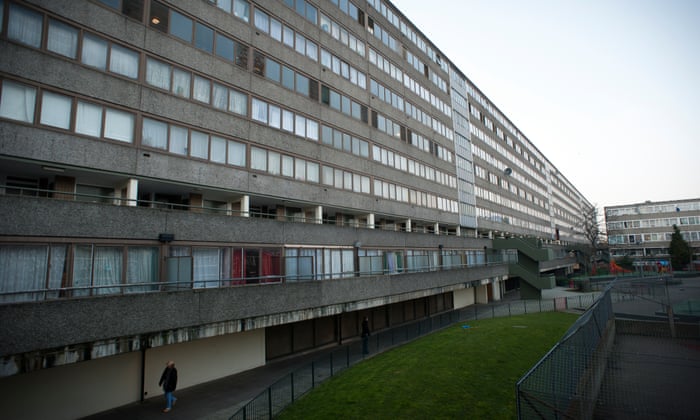FMP | #2
/ Tower Twins
Trellick and Balfron Towers are two very great examples of social housing that has succeeded in London. Balfron tower underwent a lot of criticism for its style as it was built in a period of time in London when Brutalism was going out of style. There was a lot of doubt that it would be a success. Trellick Tower, on the other hand, also had a cloud looming over it as it became a hotspot for crime during its early years. However, over 50 years on and they are both regarded as Grade II listed buildings and are in high demand amongst potential buyers.
The thing I want to try and understand is why and how a building went from a hotspot for drugs, stabbings, petty crime and prostitution (Trellick Tower) to now being regarded in the same light as the Barbican center and other, similarly listed buildings. The fact that the buildings exterior appearance hasn't changed since it was constructed in the 70's rules out the idea of gentrification. Gentrification usually means that an area has a completely renewed appearance, either knocking down existing buildings and rebuilding more modern ones or adding cladding in the attempts of revamping their aesthetic.
/ "Failing Estates"
There seems to be a trend amongst failing estates in London and that is they undergo a lot of neglect from their respective councils, usually resulting in the council selling off that portion of land to a housing association for 'redevelopment'. The redevelopment phase is where I feel the problem lies. First off, why do they need a redevelopment? My guess is that the overall appearance of the place isn't up to modern day standards.

Aylesbury estate was built between 1963-1977 and has been, in my eyes, successful at housing low income families well into the present day. The need for a redevelopment is purely out of the appearance of the place. From the outside it is true to say that it is particularly run-down, it has been neglected and left to suffer at the hands of dirt, damage and weathering. Considering the estate is almost 50 years old you would expect it to not be in pristine condition, however it serves its purpose as a durable, long-standing, historic and, most importantly, affordable place to live.
As it is located in South-East London the general guess of what direction the redevelopment is going in is one of gentrification. It's most probable lies in rebuilding the whole estate in cheaply built modernised buildings and selling off at higher prices with only a small proportion going to previous council housing tenants.
To me that is the issue with social housing in London. If it doesn't fit in with the developing aesthetic of the city then it is vulnerable to housing associations with the wrong intentions. They will destroy buildings that are suitable for low income families and rebuild cheap and modern apartment buildings and sell them off for as much money as possible. The previous families living there will have no say in what happens and have to watch whilst more wealthy, middle class residents move into the area where they used to live.
The way I see it, currently, the success of a building lies in the materials it is made from. Its dexterity and ability to withstand time, weathering and the people living there. That is why places like the Barbican, Trellick and Balfron Towers are considered so great and are highly desired. They have a history and are still standing to this day, all of which attaining Grade II statuses. More modern apartments that are popping up around London as a result of the gentrification trend are built quickly and cheaply. Their sole purpose is profit and that is why they will eventually fail. Only time will tell if they'll be still standing in 10-20 years time in the same condition.

Comments
Post a Comment